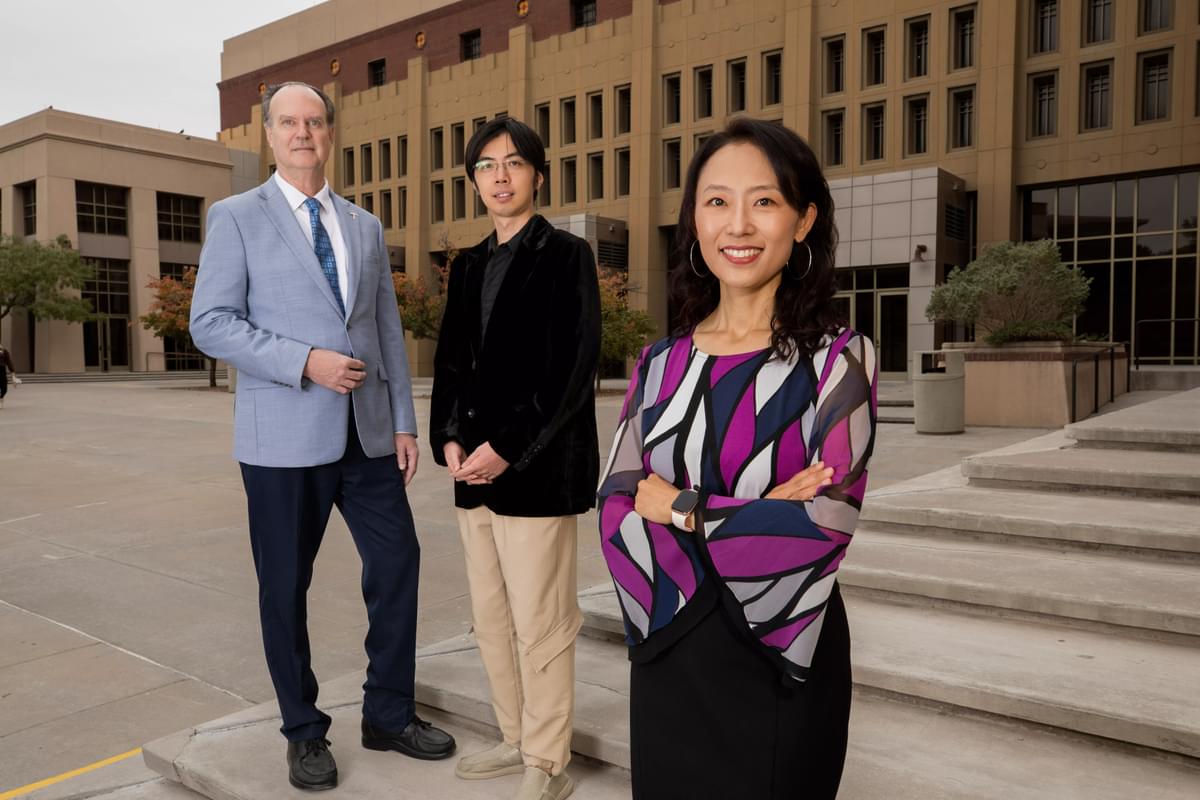
UTEP Awarded $5M to Research Climate Change Mitigations
Researchers to focus on reducing atmospheric carbon dioxide, unlocking Earth’s subsurface heat
EL PASO, Texas (Dec. 7, 2023) –The University of Texas at El Paso has been awarded a $4.9 million grant from the Department of Energy (DOE) to unlock Earth’s subsurface for two potential climate change solutions: the storage of carbon dioxide and the generation of energy.

The UTEP-led partnership, which includes Florida State University, the University of Utah, Sandia National Laboratories and Alma Energy LLC, will target solutions for two DOE objectives, reducing carbon dioxide in the atmosphere and enhancing the effectiveness of geothermal energy capture.
Son-Young Yi, Ph.D., an associate professor in the Department of Mathematical Sciences, is the grant’s principal investigator and forms the UTEP contingency of the team alongside Co-PIs James Kubicki, Ph.D., a professor in the Department of Earth, Environmental and Resource Sciences and Zhengtao Gan, Ph.D., an assistant professor in the Department of Aerospace and Mechanical Engineering.
The researchers will create computational models, using machine learning algorithms, that can help the clean energy industry reduce carbon dioxide in the Earth’s atmosphere and create a reliable means of accessing geothermal energy – the heat found beneath the Earth’s surface.
Storing Greenhouse Gases Underground
One method being researched for storing excess carbon dioxide is geologic carbon sequestration, which is the injection of the gas in underground geologic formations, such as saline aquifers – reservoirs of salt water that are located deep beneath layers of rock. A drawback to this approach is the possibility for the gas to seep, or leak, back to the surface and re-enter the atmosphere, Yi said.
“Our computational models will analyze the behavior of carbon dioxide across different scales, from the microscale to the macro scale, so that we can simulate and predict how long carbon dioxide will stay in the underground rock formations,” Yi said. “The work is ambitious as no model exists yet that has been able to link data about carbon dioxide’s behavior across scales, but if we’re successful, our models will help the clean energy industry understand the long-term evolution of the injected carbon dioxide and better identify optimal locations for carbon dioxide injection with respect to minimizing leakage.”
Powering Homes with Earth’s Energy
Geothermal energy is the heat located beneath the planet’s surface, which can be used, among other things, to generate electricity as well as to heat and cool buildings. Geothermal energy’s benefits include a reduction in the production of carbon dioxide compared to natural gas plants, as well as its availability relative to wind energy and solar energy, which are more susceptible to the weather, Yi said.
To extract geothermal energy, three elements must be present: heat, fluid and permeable rock.
In many cases, areas that are suitable for geothermal energy extraction lack naturally permeable rock or fluid. In those cases, the injection of water is required to generate electricity. The team’s aim, through their models, is to find a methodology that maximizes the efficiency and cost-effectiveness of extracting geothermal energy.
“There is a bevy of interactions taking place underground which influence the amount of energy that can be extracted from a particular location and the rate of production that a particular location will offer over time,” Gan said. “Our team will work with an industry partner to create computational models that can mitigate the exploration risks and help players in this industry identify the best areas for geothermal energy extraction.”
According to the team, the increased efficiency may result in greater quantities of energy extracted and sustained rates of production, which will hopefully translate to a more accessible and affordable way for Americans to power their homes.
“This is an exciting opportunity because crossing scales and putting together a picture of geochemical processes is a grand challenge in subsurface applications,” Kubicki said. “The potential to bring geothermal energy to the El Paso region and to help address carbon dioxide removal from the atmosphere is a dream come true.”
About The University of Texas at El Paso
The University of Texas at El Paso is America’s leading Hispanic-serving university. Located at the westernmost tip of Texas, where three states and two countries converge along the Rio Grande, 84% of our 24,000 students are Hispanic, and more than half are the first in their families to go to college. UTEP offers 171 bachelor’s, master’s and doctoral degree programs at the only open-access, top-tier research university in America.
Last Updated on December 07, 2023 at 12:00 AM | Originally published December 07, 2023
By MC Staff UTEP Marketing and Communications
